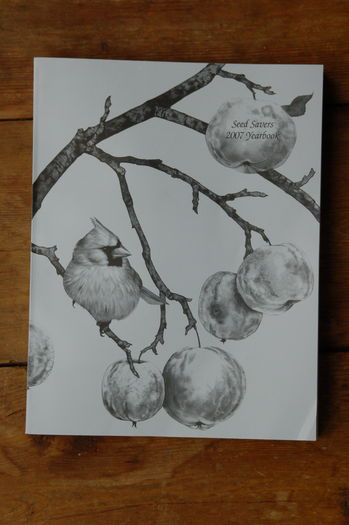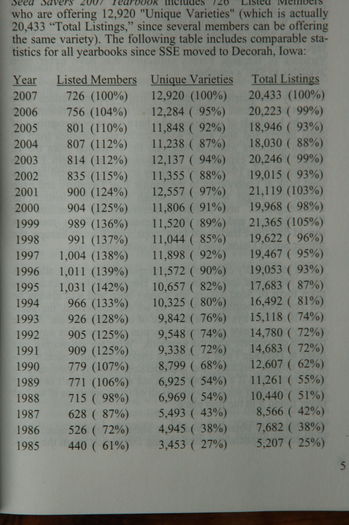This article is about a month old now, but Kathy Freston wrote a really thought provoking article on how what we eat can have a bigger impact on global warming and other environmental issues than the car we drive.
For those people living outside of the US, or perhaps North America, a Prius is a hybrid electric car marketed by Toyota. Together with other hybrid cars and light trucks, they have become popular among people who want to drive a more fuel efficient car.
In the US more petroleum products are consumed each year producing food than by private cars. In addition, a stunning amount of water is consumed and vast quantities of chemicals and animal wastes are released into the environment. This is primarily because of the centralized food distribution and processing system that by now feeds almost everyone living in a developed country. Of course these problems are magnified in the context of meat production, because first crops have to be grown for animal feed, then the animals have to be raised, and the amount of feed they consume is enormous when compared to the meat produced.
Almost all of these problems are avoided when we eat foods that are organically and locally produced. If we eat in-season vegetables we grow ourselves or buy from a local organic farmer, the environmental impact is a tiny fraction of what it is when we buy out-of-season conventionally grown produce shipped in from far away. The same comparison can be made when we buy local, organic and grass fed eggs, meats and dairy products, versus conventional products.
Since most of us will continue to eat conventional food products, one of the most important environmentally friendly choices we can make is by eating fewer meats and other animal products. It can be better for your health too!



